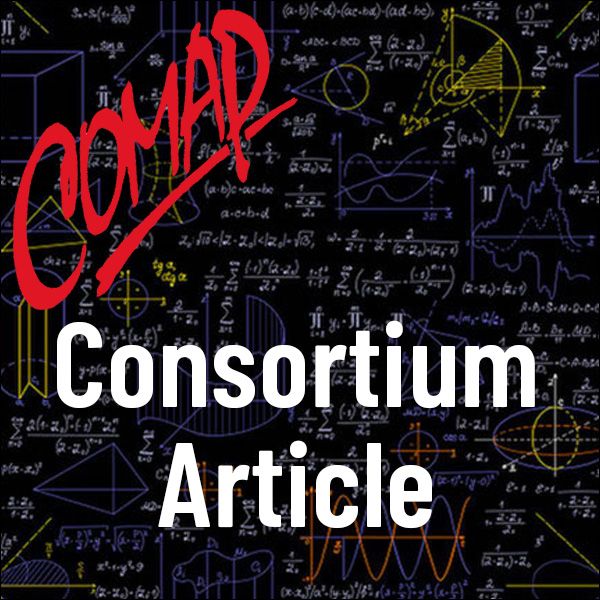How Many Ties? The Maximum Possible Debate Bracket Problem
Author: Paul Kehle
In the course of modeling and studying the fairness of debate tournaments, an interesting problem arose that is also relevant for some of the nitty-gritty coding as well as for gaining analytical insights on the range of possible tournament outcomes.
Debate tournaments are unique in their format. Typically, there are many dozens of teams competing in several preliminary rounds in which teams accumulate points. After the preliminary rounds, a small number of teams advance to the final rounds. The teams that advance are selected according to their final point totals. All tournaments are conducted among a number of teams that is a multiple of 4.
In the preliminary rounds, the teams are divided into rooms of four teams. Four teams compete simultaneously in each room. In each room, judges award 3 points to the best team, 2 points to the second-best team, 1 point to the third-best team, and 0 points to the last place team.
In round 1, when no teams have any points, the rooms of four are assigned randomly.
In subsequent rounds, the rooms of four are determined by the total number of points that each team has. For example, if there are 12 teams each with 7 points, the 12 teams would be randomly assigned to three rooms of four teams each, and in each room, all four teams would have 7 points. At the end of that round of debate, each of the three rooms would yield a team with 10pts, a team with 9pts, a team with 8pts, and a team with 7pts.

Mathematics Topics:
Application Areas:
You must have a Full Membership to download this resource.
If you're already a member, login here.